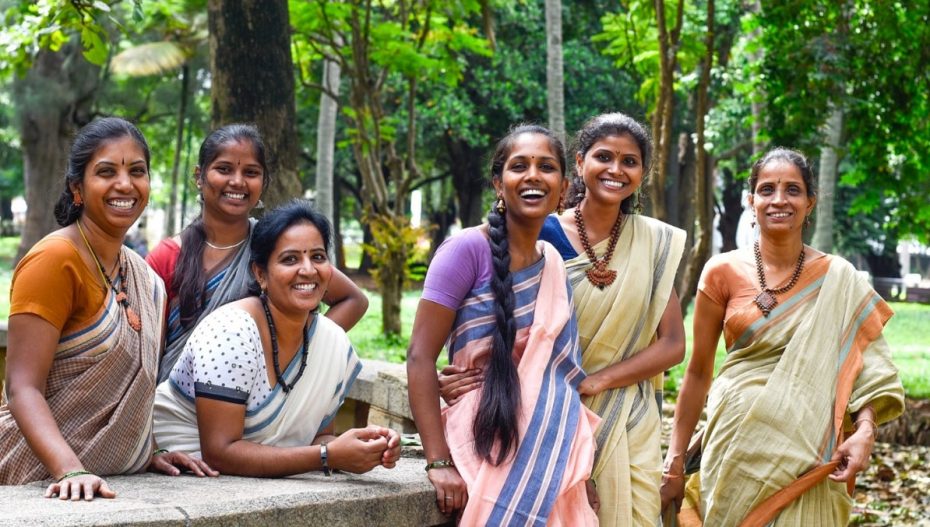The handloom sector has to carve a separate identity from the mechanised sector and concentrate on making products machines can’t produce, says Archana Shah of Bandhej Retail. Speaking at the launch of her new book “Crafting a Future” at Ahmedabad’s Latitude book store on Sunday, Archana said that it is a myth that the young people do not want to pursue traditional crafts. “From 2018 to 2020, I travelled across India, talking to artisans. I found young people are happy to learn the craft from their parents. What they need is regular work,” she said.

Artisans earn less than construction workers, but they do get more joy out of their work. Archana says it is a myth than any work that pays less than Rs 500 per day is not viable. “In the villages of Murshidabad, I met women who are engaged in Katha embroidery for Rs 80 a day. If the work is not drudgery, if it can be done in a pleasurable way, then people are willing to work for less. These people do not want to move to cities,” she said.
Sourcing products from traditional craftsmen in Kutch and other parts of the country, Bandhej has grown into a hugely successful retail brand since it was started in 1985. Archana, who played a pioneering role in creating demand for high-end handcrafted clothing in India says young Indian designers are lucky to the access to such high-skilled artisans. “This is not possible anywhere else in the world,” she said. “But the luxury segment sustains only a small number of artisans. There are 30 million people working in this sector and we need to broaden demand so they may get regular work.”
An example of how this can be done is provided by Charaka Women’s Multipurpose Industrial Co-operative Society, led by social activist Prasanna, which makes handloom saris on a mass scale in Shivamogga, Karnataka. Targeted at the middle-class segment, the Charaka brand of saris has been a huge marketing success. Archana said that another prevalent myth is that handloom production cannot be scaled up. “It’s true that if you produce 5,000 pieces, there will be some variation, but that is the nature of handloom and it adds to the charm. No two pieces are exactly alike.”
Speaking at the event, former NID director Ashoke Chatterjee said that some people in government think of handloom as a sunset industry which will eventually disappear, but Indian crafts have survived for centuries and will continue to do so. “The challenge is to create demand. Gandhiji created demand for handloom in his time. After that, those in power have dismissed handloom as sentimental rubbish, like Maharajas and snake charmers. This sector is the second highest employment generator after agriculture but it found no mention in this year’s budget,” he said.
Ashoke narrated an incident from a World Craft Council Meet in China in 2004, where the Chinese delegate had declared that his government considered IT and handicrafts to be critical to China’s success in the global markets: “China lost its crafts in the revolution, but it seeking to revive it. The Chinese delegate actually called it a sunrise industry. I know because I double checked with the translators.”
The Sunday morning book launch was attended by some of Ahmedabad best-known and the extended Q&A session that followed was a lively one. Architect Abhay Mangaldas of House of MG fame asked Ashoke what he thought of textile mills like Calico copying traditional designs in its heydays. The answer: there is no easy answer. “How many people can afford a genuine Patola sari? Is it ethical for a mill to make an imitation? It depends whether the product is being sold as a genuine Patola or as an imitation. My generation got to know of traditional prints because of Calico Mills,” said Ashoke.














I always love to appreciate high skilled Artisan
Love hand made patola sarees and handloom weavers
I always like to encourage skilled Artisans
Love handloom weavers
And love patola sarees
Appreciate